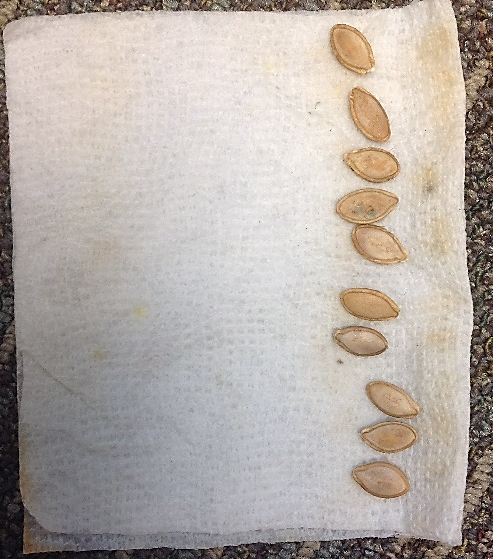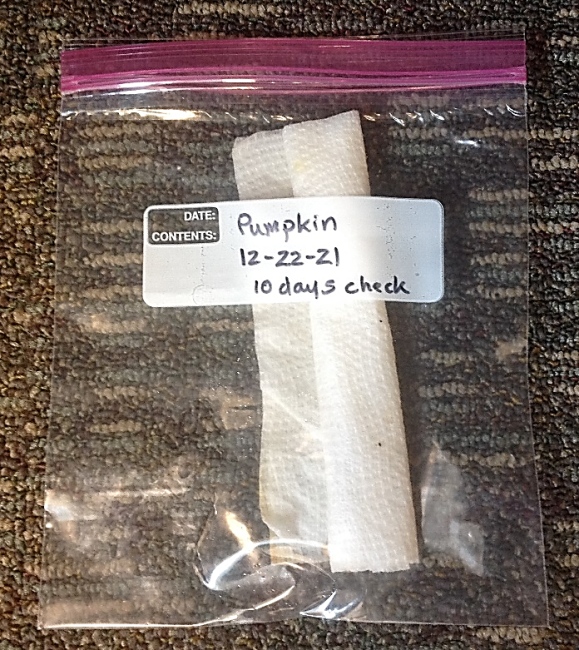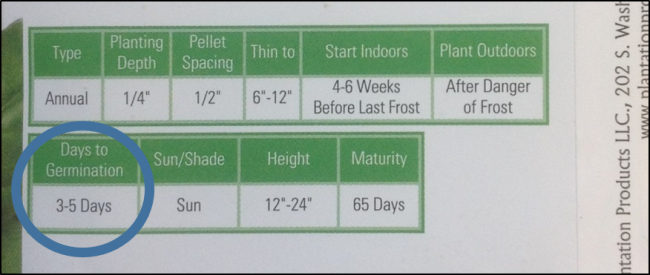Seed starting time is coming! Do you know if your seeds are viable? Here are some tips to keep in mind.
Fresh seed germinates best. Seed packets are labeled with the date they are best used by. Though seeds are usually viable longer than that date, some species lose viability faster, and germination decreases for all species over time. Store seeds in a cool dry place, out of the light. Ideally, store then at 40° F. If kept in the refrigerator, make sure the container is air-tight to keep out moisture. Also, don’t store them near fruits or vegetables that are not fresh; as fruits and vegetables age, they produce ethylene gas, which negatively affects seed germination.
This chart shows average seed viability for various species if properly stored.
| Onions | 1 year |
| Corn and peppers | 2 years |
| Beans, carrots, peas | 3 years |
| Beets, pumpkins, squash, tomatoes, watermelon | 4 years |
| Broccoli, cabbage, cucumbers, lettuce, cantaloupes, radish, spinach | 5 years |
Even if seeds are viable, their germination rate might be low enough that it makes more sense to buy fresh seed. Generally, if the germination rate is below 40%, it is better to get fresh seed as the seeds that do germinate at that low a rate may be stunted and not very productive.
Fortunately, there is an easy way to test for germination percentage. This is called the seed roll test. Here’s how to do it:
- Gather supplies – a half sheet of paper towel or an undyed (not colored) paper napkin, your seed packet, and a Ziploc® or other sealable plastic bag.
- Tear the paper towel or napkin in half and moisten it. It should be very moist but not dripping. Lay it out flat so it is longer horizontally than vertically.
- Place ten seeds along one edge and roll the towel/napkin into a cylinder, not too tightly, but so the seeds have good contact with the moist surface.

4. Place the roll in the sealable plastic bag and seal it about 70%, so there is just a little air circulation. You don’t want it to get moldy, but also it should not dry out. Keep the bag in a warm environment.

5. Label the bag with the date and the species (and variety, if there is one).
6. Check the seed packet on the back to see how long the seeds should take to germinate, and write this time period (ex. 10 days) on the plastic bag as well so you know when to check for germination.

Check the towel/napkin periodically (every 2-3 days) during the germination period to make sure it is not drying out. At the end of the period, carefully unwrap the roll and count the number of seeds that germinated. Because you used 10 seeds, that can be converted into a germination percentage. So, if 8 out of 10 seeds germinated, you have an 80% germination rate, which is great! If only 5 germinated, you can still plant, but plant more seeds than normal to make up for those which are not likely to germinate.





